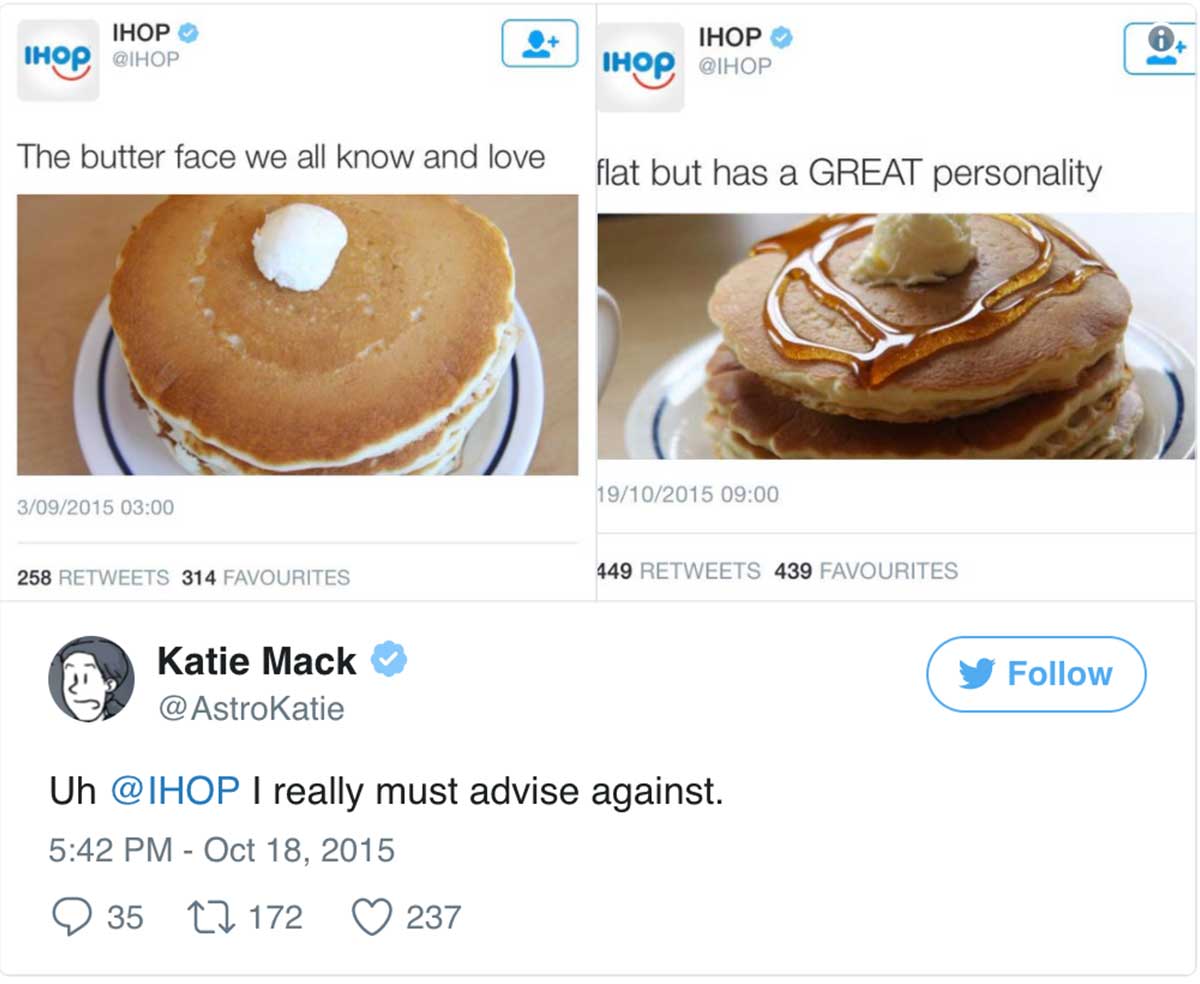A lot of things are great when they’re spread out over time and space: Powerball lottery payments, sprawling cattle ranches, Stretch Armstrong dolls from the 70’s… and marketing content. But only if it’s done right.
We all know great content gets us noticed – especially if it’s spread out across “the omni-channel.” The trick is making sure all your content is on brand and that every contributor knows how to maintain brand composure.
Take football. There’s a very important rule among all defensive linemen: “DON’T LOSE CONTAIN!” (Football players aren’t really known for their grammatical prowess). My husband was a college linebacker, so every time we watch football (which is 4 days a week in my house), he points out some over-zealous defender that overshot his target and “lost contain.” This usually results in a first down for the offense and more snacks spilled on the couch.

I could talk obscure football phraseology all day, but let me bring it back to the field of marketing strategy. The importance of setting up a game plan to manage content that aligns with your brand strategy, your target audiences and your messaging strategy seems like a no-brainer. After all, you’ve already dedicated the time and budget to carefully develop brand positioning, tone of voice, target personae, messaging pillars and a dozen other factors.
But then, just a few months later, one of the players on your team jumps offsides, posting rogue content for the sake of being funny or trying too hard to be relevant to an audience that’s not even in your funnel. In other words, they overshoot their target – they “lose contain” – and this one mistake can set you back months, even years, or cost you the game.
Going rogue may be great if you’re trying to destroy the Death Star, but when it comes to managing your brand in the vast, virtual, volatile atmosphere of the digital universe, “rogue” is a brand and image killer.
Imagine that someone on your team wants to be funny. Funny isn’t bad. Funny is fun. But let’s say this someone decides to change up your Contact Us page because she’s decided it’s boring and writes “For a good time, call 800-555-5555. I’m ready to service you!” That might be harmless if you’re an edgy outfit and just talking about customer service. But to the search engines? It’s something new for The Nasty Page and not nearly as amusing to your brand managers.
Such broken plays aren’t strictly B-squad stuff. Even national brands with fantasy-worthy teams and millions to spend can mess up royally. Take the iHOP “Spreading Happiness Since 1958” social campaign – featuring juvenile sexist one-liners that were probably hilarious to the internal staff, but clearly offended everyone else except junior high boys (not part of their target demo).

Credit: www.inc.com
Then there’s the Texas mattress company whose employees created and posted what they thought was a clever marketing video for their “9/11 Anniversary Sale” – including mattresses stacked in the shape of the World Trade Center Towers. While the (horrified) owner wrote and published a public letter of apology almost immediately, the damage was done.
In fact, both of these campaigns occurred more than two years ago, but still come up frequently as cringeworthy examples of “going rogue gone wrong.”
If your brand is all about acting silly, being irreverent and offending people, then by all means, go rogue and let ‘er fly. But, if your intention is to be respected and give your consumers a reason to believe, then you simply must manage every single piece of content and other communication to ensure it’s in line with your brand.
Now, more than ever, we’ve got independent-minded people on our teams with lots of new ideas – and that can be awesome. But we also have precious brands to protect. Finding the right balance between empowering creativity while not sounding like a surf shop (unless, of course, you are a surf shop) is the key to protecting all the hard work you’ve done to build a brand relevant to your highest-value audiences.
Again, this sounds like basic blocking-and-tackling, but it starts with ensuring you’ve established and vetted key messaging not only for your brand, but for each and every product or service under that brand. Set the tone and give everyone the Tier 1, Tier 2, Tier 3 (or more) essence of what you want to share and convey, depending on the channel. Have team and agency huddles. Make sure everyone understands the game plan, their position and why it’s important.
Then hold them accountable. As old-school as it may sound, content governance is the key to staying on point, achieving your engagement goals and protecting your brand integrity. Someone has to be in charge of maintaining brand consistency across the vast field of the today’s omni-channel. So, make sure you coach your players to stay on brand and, for God’s sake, don’t “lose contain.”


